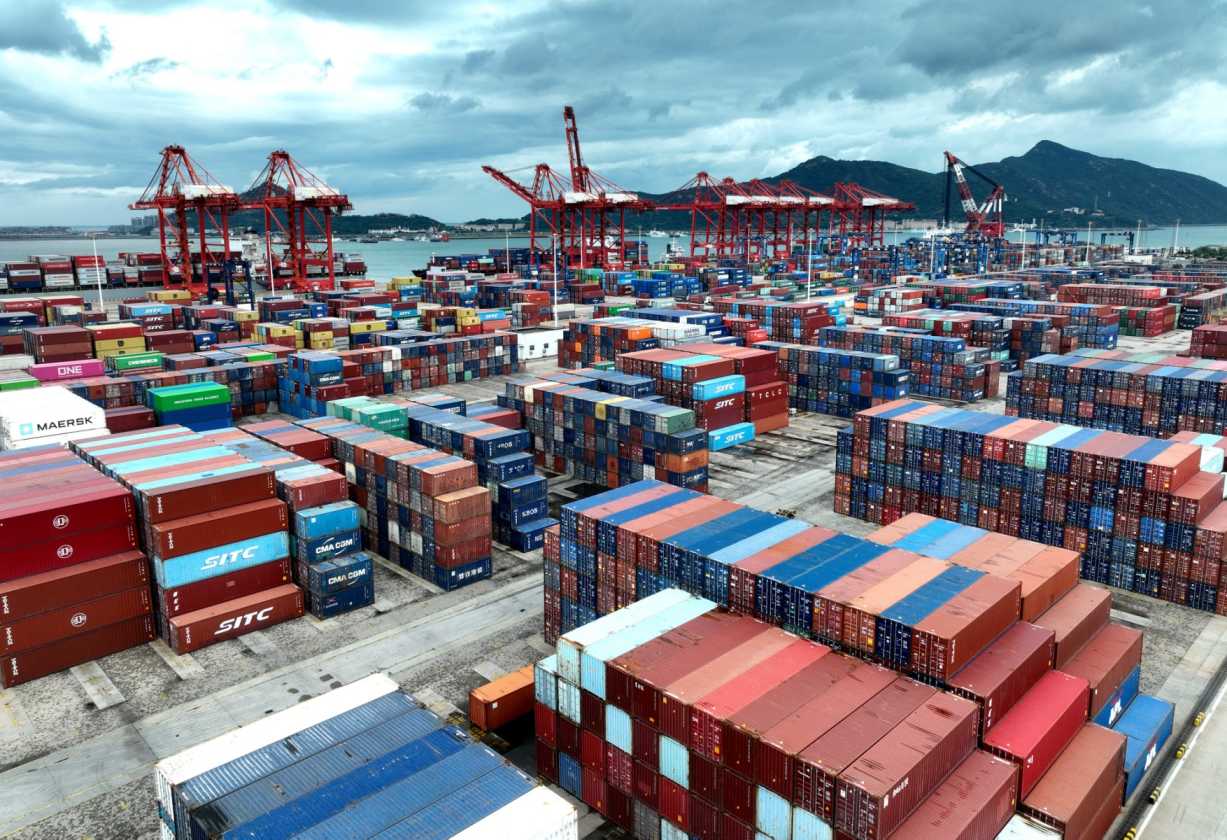Beijing, China – Chinese exports tumbled more than expected in June, official data showed Thursday, putting fresh pressure on Beijing to unveil more stimulus measures to kickstart the flagging recovery.
Overseas shipments are a key pillar of growth in the world’s second-largest economy but apart from a brief rebound in March and April, they have declined since October owing to weak demand in key markets.
The 12.4 percent drop released by the General Administration of Customs was an acceleration from May’s 7.5 percent and worse than the 10 percent fall predicted in a survey of economists by Bloomberg.
Imports also fell 6.8 percent over the same period, reinforcing concerns about softening domestic demand, which has seen inflation plateau and force the central bank to ease monetary policy, putting pressure on the yuan.
Customs spokesman Lyu Daliang also pointed to outside forces having a “direct impact” on Chinese trade, with Beijing engaged in a long-running stand-off with the United States on a number of issues including trade and technology.
“The risks linked to unilateralism, protectionism, and geopolitics are on the rise,” he said in a statement with the figures.
The threat of recession in the United States and Europe has led to lukewarm demand for Chinese products.
And weak economic data in developed countries “will put more pressure on Chinese exports” in the coming months, warned economist Zhiwei Zhang of Pinpoint Asset Management.
China’s trade surplus reached $70.2 billion last month, against $65.81 billion a month earlier.
Thursday’s figures are the latest in a series of grim indicators reflecting a loss of steam in China’s post-Covid recovery, with factory activity contracting and growth in the services industry slowing, while industrial production remains tepid.
That comes as the country’s crucial property sector, which accounts for a vast proportion of the economy, struggles under the weight of mammoth debts.
The country is due to release growth figures for the second quarter on Monday.
Premier Li Qiang has admitted that the country’s five percent growth target for the year will not be easy to achieve.
He has suggested possible policy measures to boost demand and support the private sector, but few concrete measures have been announced.
While the People’s Bank of China has cut borrowing costs, officials have been reluctant to launch a vast recovery plan, which would deepen debt, despite growing calls for more ambitious stimulus.
“The big question in the next few months is whether domestic demand can rebound without much stimulus from the government,” Pinpoint Asset Management’s Zhang said.

